651. A Harvest Moon of Grand Proportion
I often write of the change of the seasons - what the late Colonel R. K. Walker called the cardinal points of the earth's progression around the Sun. Tonight at 11:09 pm Louisville time will be this year's occurence of the Autumnal Equinox, a special day for many people marking the change from longer days and shorter nights to shorter days and longer nights. It has always been a special time for me as for much of my life, it has fallen on or close to my birthday.
Tomorrow marks, at high noon, 12:00 pm, the 50th Anniversary of My Nativity, an event which took place at the old Norton Infirmary, once located at the northeast corner of Third and Oak streets, where Treyton Oak Towers now stand.
I've also written in the past about the rising and setting of the Moon, Earth's eternal friend and satellite. Different moons are called by different names - the Beaver Moon, the Strawberry Moon, the Hunter's Moon, and the one most of us have knowledge of, the Harvest Moon. The Harvest Moon is that full moon which rises closest to the Autumnal Equinox.
Tonight, the two occur simultaneously. For lunaphiles like me - some might call us lunatics - this double phenomenon is worthy of a celebration. Combining that with my 50th Birthday probably means that at some point tonight, shortly after the 22nd changes into the 23rd, I will go outside, sit in my chair, light up a good cigar - I got three at my birthday celebration last Sunday - and gaze at the moon, a full Harvest Moon rising with the Autumnal Equinox.
Life is grand. Thanks be to God.
*****
Below is an article from NASA's website, written by Dr. Tony Phillips, addressing this amazing alignment of time and space.
Sept. 22, 2010: For the first time in almost 20 years, northern autumn is beginning on the night of a full Moon. The coincidence sets the stage for a "Super Harvest Moon" and a must-see sky show to mark the change of seasons.
The action begins at sunset on Sept 22nd, the last day of northern summer. As the sun sinks in the west, bringing the season to a close, the full Harvest Moon will rise in the east, heralding the start of fall. The two sources of light will mix together to create a kind of 360-degree, summer-autumn twilight glow that is only seen on rare occasions.
The Harvest Moon of Oct. 3, 2009, photographed by Catalin M. Timosca of Turda, Romania.
Keep an eye on the Moon as it creeps above the eastern skyline. The golden orb may appear strangely inflated. This is the Moon illusion at work. For reasons not fully understood by astronomers or psychologists, a low-hanging Moon appears much wider than it really is. A Harvest Moon inflated by the moon illusion is simply gorgeous.
The view improves as the night wears on.
Northern summer changes to fall on Sept. 22nd at 11:09 pm EDT. At that precise moment, called the autumnal equinox, the Harvest Moon can be found soaring high overhead with the planet Jupiter right beside it. The two brightest objects in the night sky will be in spectacular conjunction to mark the change in seasons.
The Harvest Moon gets its name from agriculture. In the days before electric lights, farmers depended on bright moonlight to extend the workday beyond sunset. It was the only way they could gather their ripening crops in time for market. The full Moon closest to the autumnal equinox became "the Harvest Moon," and it was always a welcome sight.
This one would be extra welcome because it is extra "Harvesty."
Usually, the Harvest Moon arrives a few days to weeks before or after the beginning of fall. It's close, but not a perfect match. The Harvest Moon of 2010, however, reaches maximum illumination a mere six hours after the equinox. This has led some astronomers to call it the "Harvestest Moon" or a "Super Harvest Moon." There hasn't been a comparable coincidence since Sept 23, 1991, when the difference was about 10 hours, and it won't happen again until the year 2029.
A Super Harvest Moon, a rare twilight glow, a midnight conjunction—rarely does autumn begin with such celestial fanfare.
Enjoy the show!
Author: Dr. Tony Phillips | Credit: Science@NASA



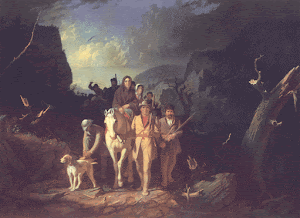












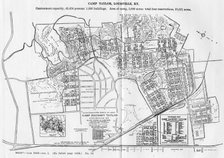




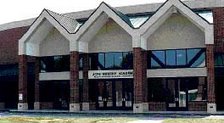


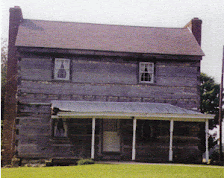
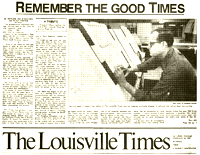


No comments:
Post a Comment